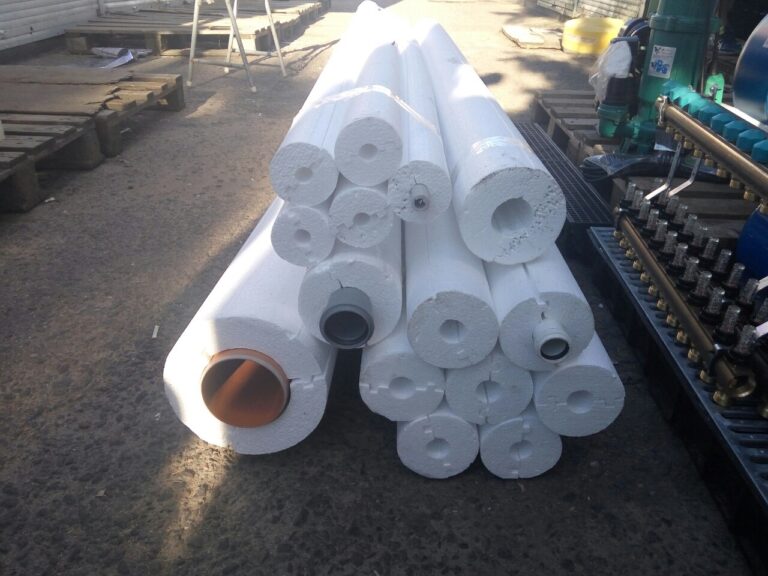A good thermal insulator can help you control the temperature inside your home. Its properties are directly related to its internal structure and its relationship with air or gas. Thermal conductance is a measure of the amount of heat that can be transferred in a given unit of time and surface area. The lower the thermal conductivity, the better. For instance, ice is 4 times more thermally conductive than water. However, a dry stagnant air has a thermal conductivity of only 0.022 kcal/m2K.
Another important property of a thermal insulator is its Vapour Permeability. This metric measures how quickly water vapour can pass through a material. This enables Thermal Insulation to have an improved resistance to water vapour and reduce condensation. Rock wool has a 50-year useful life. The materials used in its production are made from a high percentage of recycled content. The waste from rock wool production is reinserted into a melting furnace, which greatly reduces waste.
Thermal insulators are used in various applications. They can range from mineral wools to ecological insulators. Depending on their application, each material has different characteristics that make it a good insulator. Mineral wools, for example, are composed of interwoven fibres of mineral origin. Rock wool is made of basalt, glass wool is made of silicon, and fiberglass is made of silica. Both of these materials have excellent thermal and acoustic properties.
Thermal insulators reduce the rate at which heat can be transferred between objects. They are most effective when they stop heat transfer by preventing radiation from penetrating. One example of a thermal insulator is a coffee cup with a paper sleeve. A thermos container works on the same principle. Despite the fact that the thermos container is unheated, it still prevents heat transfer. It also allows coffee and other hot drinks to stay warm.
The efficiency of thermal insulators depends on a number of variables, including the rate of heat transfer, the size of the pipe, and the surrounding environment. The R-value indicates the overall efficiency of thermal insulation. The higher the R-value, the better the thermal insulation is. However, thermal insulators may not be effective if they are not properly installed. There are several important factors that determine the performance of thermal insulators.
In the petrochemical industry, thermal insulators can help minimize the amount of heat transmitted from a vessel to its fish hold or pipe. In these industries, thermal insulation can help decrease the amount of water that reaches the heat-sensitive components. This material is frequently used to improve engine performance. The performance of a thermal insulator can vary depending on the environment or how long the material has been in use. If the material is too damp, the performance of thermal insulation can be compromised. Get in touch with PRIME TECH INC. USA for Thermal insulation for presses.
Another type of thermal insulator is cotton. While cotton is a great thermal insulator, it becomes a conductor when wet. When wet, cotton becomes a conductor, losing heated air to cold air. A better choice is ceramic. It also holds body heat in during the coldest weather. The key to thermal insulation is finding a thermal insulator that meets your needs. There are many different types of materials to consider, so start shopping today!
Using a thermal insulator is a great way to keep a home warm during the cold seasons, while lowering energy bills. It reduces the amount of heat transfer between two objects by using specially engineered processes and appropriate material selection. Because a container is colder than the outside air, it can draw heat from the exterior. The larger the temperature difference between the two spaces, the faster the heat transfers. The most important method of heat transfer is conduction through walls.
Other materials that can be used as thermal insulators are cellulose, mineral wool, and fiberglass. Fiberglass is an affordable, environmentally-friendly choice, but it requires careful handling and installation. Other materials, like mineral wool, have high R-values and are environmentally friendly. They are also flammable. Therefore, it’s important to choose a material that is suitable for your needs. Once you’ve found a material, it’s time to start thinking about what it can do for you.

